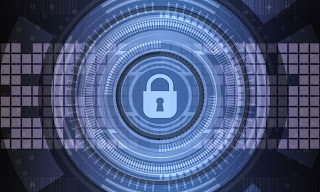Improve Security Posture With The Zero-Trust Security Model

There has been a sea change in how employees connect to and interact with the enterprise resources to get things done. The conventional network security model was programmed to connect staff to the data center's services they required. There were very few remote workers at the time and using an operationally complex VPN, they linked back to their home network. With the dramatic, unpredictable changes brought about by the pandemic, most workers now work remotely, and almost all businesses today use multiple public cloud services. Coupled with the security flaws associated with VPNs, these factors mean that the conventional model is no longer reliable. The Zero-Trust Security Model A critical weakness in the usage of remote access VPNs is that once users are authenticated, they are considered trustworthy and given complete access. As a consequence, once a hacker reaches the firewalls of an organization, with little resistance, if any, he/she can travel around the network. John Kind...


